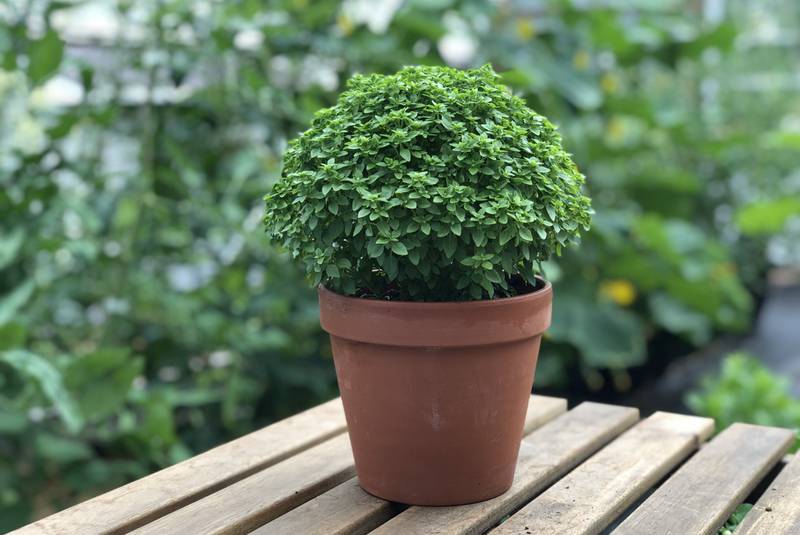Keeping your outdoor living spaces clean and comfortable involves more than just the weekly grass cut or annual fence stain. It also includes taking steps to ensure pesky insects or unwanted weeds don’t make their way into your yard and home.
An unaware homeowner typically turns to chemically-produced synthetic pesticides—a product known for its toxic composition and hazardous effect on anything living and breathing. While this strategy may eradicate the stray spider here and there and keep pesky weeds at bay, many store bought pesticides have been linked to cancer, Alzheimer’s Disease, and congenital disabilities. Luckily, there are numerous natural alternatives to pesticides that won’t harm your family or poison dear Fido.
If your DIY pest control strategies prove ineffective, try researching pest control companies nearby. That way, you can successfully insulate your home from termites and rodents, infamous for terrorizing your wooden structures and delicate electrical wiring.
Plant herbs and flowers
The scent or taste of the right plant works wonders to scare off specific garden visitors. Chives, mint, basil, and marigolds are kryptonite to aphids and fleas. Mice feel especially repulsed by the taste of peppermint plants and will avoid anywhere it grows.

If you’re having a problem with cockroaches, plant some catnip in your garden. While your cat will thank you, the active ingredient in catnip acts as a natural roach repellent. You can also place catnip cuttings in areas of your home to fend off these ravenous home invaders.
Use a chili pepper insecticide spray
The spicy qualities of a chili pepper make for a delicious dish and simultaneously eliminate pests in your garden and home. This spray is incredibly easy to make and is harmless to plants. Although, be warned that some plants can show signs of irritation post-application.
With this in mind, make sure to test the concoction on a few leaves before dousing your plants with the solution. To prepare, simply add 1 ½ teaspoon of chili powder to one quart of water. Then add a few drops of dish soap to help the mixture adhere to surfaces. Apply to infected areas and yield the benefits of pest-free living spaces.
Oil insecticide spray
Like chili pepper spray, an oil-based insecticide spells nothing but trouble for irritating bugs. This spray works by coating insects’ bodies and blocking the pores they use to breathe, thus suffocating them. When preparing the mixture, mix one cup of vegetable oil with one tablespoon of soap, and shake vigorously. When ready to use, add two teaspoons of the oil mixture with one quart of water, and spray directly on the plant’s surface.

Ladybugs
These gorgeous galls are an inexpensive solution to garden pests and are entirely harmless to your plants and flowers. As a natural predator, a single ladybug may consume as many as 5,000 aphids in its lifetime. Ladybugs can be purchased at most garden stores and can be a self-renewing form of insect control that lasts the whole season.
Diatomaceous earth
Diatomaceous earth is a naturally occurring sedimentary rock made of fragmented prehistoric fossils. When powdered, diatomaceous earth becomes very sharp and deadly to the insects who inhale it.
D.E. is effective against almost all spiders and insects but does not harm larger creatures. To use, sprinkle a light dusting where insects are invading or apply directly to the plant’s surface. You should only use D.E. in problematic areas. Additionally, you must reapply after every rain or heavy dew.
Wrap up
When using these natural alternatives to chemical pesticides, you can make sure your garden stays glowing and insect-free. You’ll rest easy knowing toxic chemicals don’t threaten your health and those around you, and your wallet will thank you for avoiding costly pesticide treatments.






